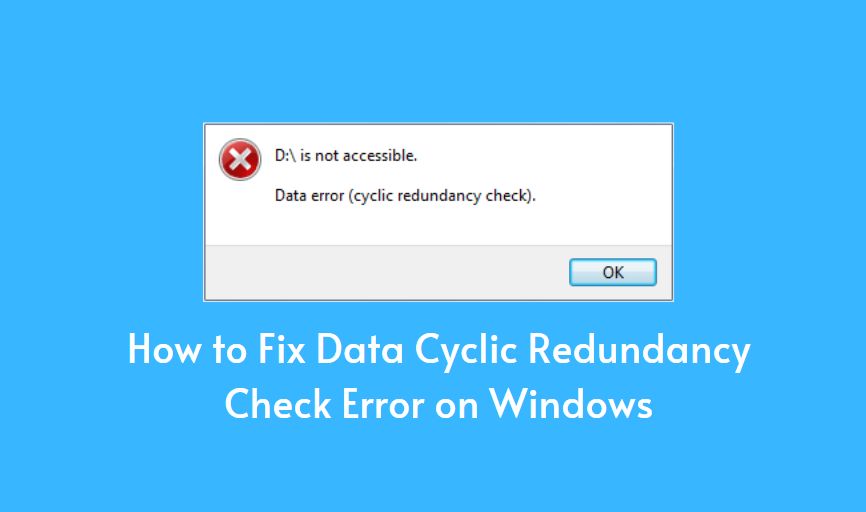Windows 11 is packed with features that cater to both casual users and tech enthusiasts. Among these features is the “No GUI Boot” option, which can improve system performance by disabling the graphical interface during the startup process. Whether you’re optimizing your PC or just exploring new settings, learning how to enable or disable the No GUI Boot feature can be valuable. This guide will walk you through the process step by step.

What Is No GUI Boot?
No GUI Boot refers to a startup setting that disables the graphical interface displayed during the boot process. When this setting is enabled, your computer skips the default Windows animation and logo that usually appear when the system starts. Instead, you’ll see a blank screen or a simple text display.
This feature is particularly useful for:
Faster boot times: By skipping unnecessary graphical elements, the system can boot slightly quicker.
A cleaner aesthetic: Some users prefer a minimalistic boot experience.
Advanced troubleshooting: Removing the GUI can simplify identifying issues during startup.
However, the performance improvement is often minimal, so this feature is typically more about preference than necessity.
Should You Enable or Disable No GUI Boot?
Whether to enable or disable No GUI Boot depends on your needs:
Enable it if: You want to reduce distractions during startup or experiment with a minimalistic boot experience.
Disable it if: You prefer seeing the graphical Windows logo and animations or if you’re unfamiliar with troubleshooting potential issues that might arise.
How to Enable or Disable No GUI Boot in Windows 11
The process to toggle No GUI Boot is straightforward and can be done through the System Configuration tool (msconfig).
Step 1: Open System Configuration
Press Win + R to open the Run dialog box.
Type msconfig and press Enter. This will open the System Configuration window.
Step 2: Navigate to the Boot Tab
In the System Configuration window, click on the Boot tab at the top.
You’ll see a list of your installed operating systems. If you have only Windows 11, it will be the sole entry.
Step 3: Enable or Disable No GUI Boot
Look for the Boot options section.
To enable No GUI Boot, check the box labeled No GUI Boot.
To disable it, uncheck the same box.
Step 4: Apply and Restart
Click Apply and then OK to save your changes.
You’ll be prompted to restart your computer. Choose Restart to apply the setting immediately or Exit without restart to apply it later.

What Happens After Enabling No GUI Boot?
When you restart your computer, the Windows logo and animation will no longer appear during the boot process. Instead, the screen might remain blank or display basic text until you reach the login screen. This is normal behavior and indicates that No GUI Boot is functioning correctly.
Troubleshooting Tips
If you experience issues after enabling No GUI Boot, here’s what you can do:
Revert the Change: Open the System Configuration tool again and uncheck the No GUI Boot option.
Boot into Safe Mode: If your system fails to boot, press Shift while restarting to access Advanced Startup options. Navigate to Safe Mode and undo the setting.
Update Drivers: Sometimes, outdated drivers can cause issues when No GUI Boot is enabled. Ensure your system drivers are up-to-date.
Why You Might Want to Disable No GUI Boot
Although No GUI Boot is a great option for advanced users, it’s not without drawbacks:
Troubleshooting difficulties: If your PC faces a boot issue, the GUI can provide helpful error messages or visual cues.
Minimal performance impact: For most modern PCs, the performance gain is negligible.
Disabling No GUI Boot restores the default startup visuals, making it easier to identify and troubleshoot potential errors.
The No GUI Boot option in Windows 11 is a simple yet effective feature for users looking to customize their boot experience. Whether you enable or disable it depends on your personal preferences and system needs. With this guide, you now have all the information you need to toggle the feature confidently.
Experiment with the setting and see how it fits into your Windows 11 workflow. If you encounter issues, rest assured that reverting the change is quick and easy. Happy customizing!





